No reports have filtered in yet about manta rays swimming off the beaches south of Port Canaveral. But the water temperature will soon hit the 68-72 degree mark, so they can’t be far off. When the rays show up, so do the cobia.
Cobia are fairly large fish. They follow the rays, swimming with them as the rays slowly migrate north. They could be as close as a half mile or as many as 10 or 12 miles off the beach. Cobia may also be found around sea turtles, weedlines, buoys and other flotsam, or even free swimming.
If the water temperature hits 72 degrees, cobia will frequently be right at the surface in 40 to 60 feet of water. If the light is good these fish are clearly visible to anyone who is looking for them. The average fish caught out of Port Canaveral weighs between 20 and 30 pounds, but of course smaller ones, and larger ones, are caught every year.
A few years back Rodney Smith and I went out in my Maverick Mirage on a perfect March day. We saw no mantas, no weeds, no flotsam of any kind. We were two or three miles off of Patrick Air Force Base idling around somewhat aimlessly in what I thought would be a fruitless search for fish. Then I spotted one cruising slowly with his fins out of the water. Rodney’s cast was right on. A few minutes later he was ours. We ended up finding six cobes, four of which we hooked, and three of which we caught. We each kept one, and got a nice tripletail (which was also free-swimming) as a little bonus. Not a bad day at all!
Although many different kinds of lures will work, a favorite for Canaveral cobia is a two or three ounce, chartreuse colored jig, tossed with a 20 pound spinning outfit. Use a 40 or 50 pound test fluorocarbon leader. Cast the jig to the side of the ray and let it sink on a tight line. Sometimes the fish will take it on the drop but if they don’t, work it rapidly back to your boat and try again. When one strikes there won’t be any doubt about it. Set the hook hard.
Another excellent and convenient cobia bait is a lively, six inch long shrimp, hooked through the tail with a 3/0 or 4/0 octopus or 5/0 or 7/0 circle hook. Lively is the key word here. Dead shrimp don’t elicit much response.
Cobia are very found of menhaden. If you can net up some pogies and then you find some cobia you’re sure to hook a few. Hook the pogies through the nose using a 3/0 or 4/0 octopus or a 5/0 or 7/0circle hook. Cast to sighted fish and liveline the baits. Refusals are rare.
Other productive cobia baits include live blue crabs and live eels. Live mullet and pinfish will also work. Day in and day out the shrimp are the easiest to obtain and use, and probably work as well as any other live bait.
You can also catch cobia with a fly rod. You need calm seas, and floating weeds are a big plus. With no flotsam, the fish could be at any angle relative to the boat. It’s hard to be ready for a fly rod shot. Weeds concentrate the fish so you only have to look under the weeds. The farther away you spot the fish, the easier it is to get a quality cast to him.
While many anglers gaff these fish when they come alongside, using that technique to boat your fish means you’ll have one very angry fish aboard. For truly big cobia a gaff is indispensable, but more modest specimens can and should be boated with a large landing net. They are much less likely to destroy tackle (or anything else in their way) if they’re not stuck with that big hook.
Cobia have dorsal spines that can inflict painful wounds on the unwary. Be careful when you get one of these fish in the boat. Larger vessels will have fish boxes that the fish will be dropped into, but in a small boat the fish may be simply lying on the deck. Cover such fish with wet towels to keep the sun off of them.
The cobia run only lasts a few weeks. It is a harbinger of the changing seasons, promising the nearshore angler months of great fishing to come. Take advantage of this fishing.
John Kumiski
http://www.spottedtail.com/
All content in this blog, including writing and photos, copyright John Kumiski 2011. All rights are reserved.
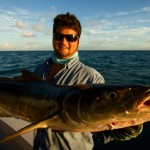
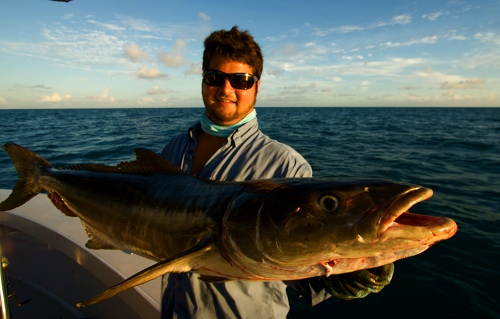
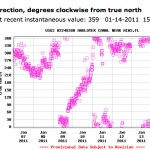
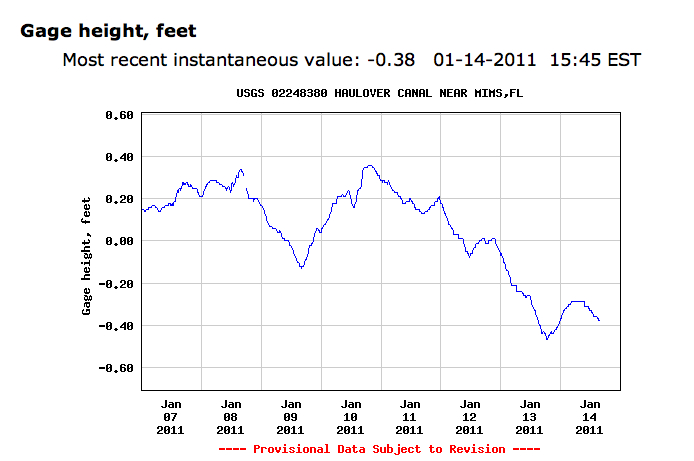
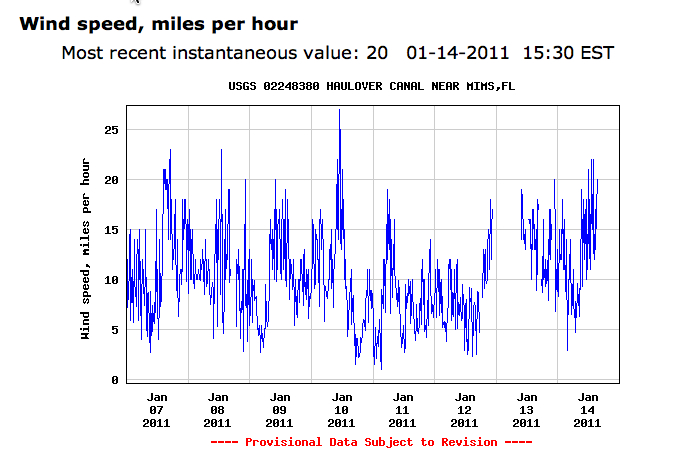
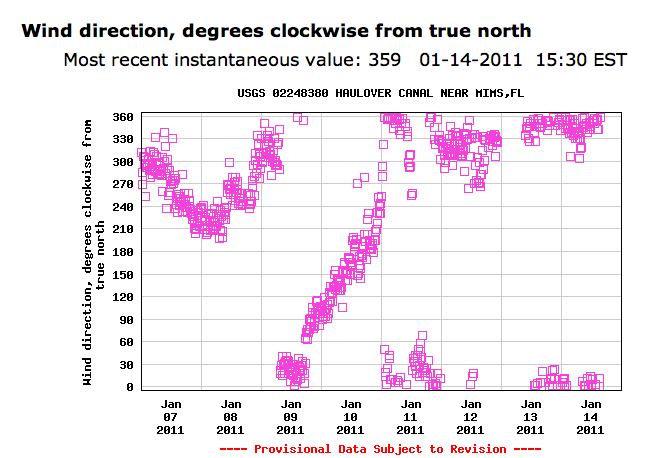
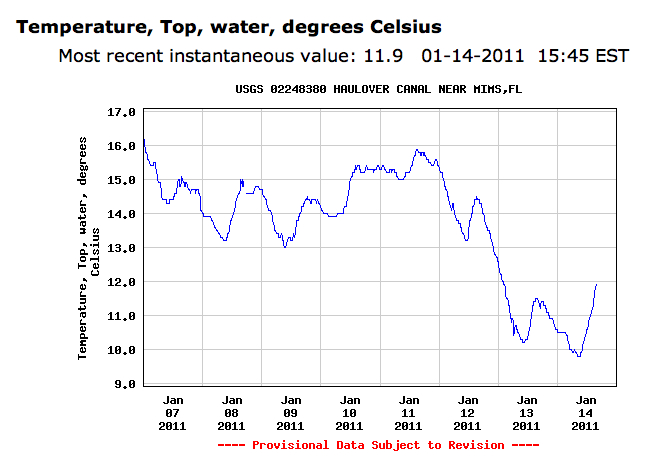
Recent Comments